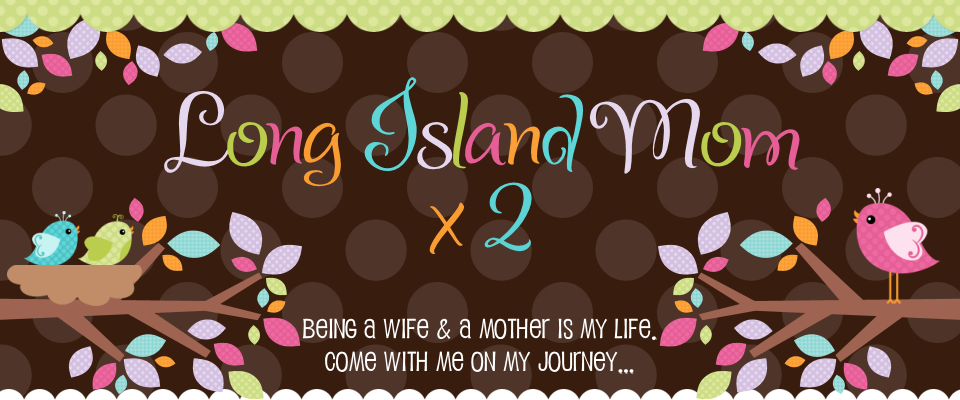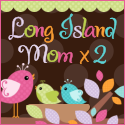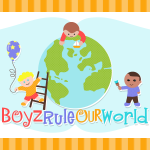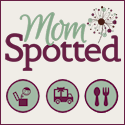 |
| Photo Credit: Julie Larsen Maher © WCS |
A Trio of Black-Necked Swan Cygnets
Hatch at the Wildlife Conservation Society’s Bronx Zoo
Hatch at the Wildlife Conservation Society’s Bronx Zoo
Bronx, NY – May 8, 2012 – Attached Photo: A male black-necked swan swims with three hatchling swans called cygnets in Heart Lake at the Wildlife Conservation Society’s Bronx Zoo.
These cygnets will stay close to their parents for almost a year after hatching. While they are small, they ride on the backs of their parents for warmth, transportation, and protection from predators. Carrying cygnets is most pronounced in black-necked and mute swans, but all true swans are known to do this behavior.
Swans have several adaptations that accommodate their omnivorous diet, including a long neck and serrated bill which allow it to forage on submerged vegetation.
Black-necked swans are native to South America and can be found along coastal areas and on inland lakes in Argentina, Chile, Uruguay, and Brazil. One characteristic of black-necked swans is that they are the most aquatic of any swan and are often found in marine areas. Their legs are located farther back on the swan’s body to accommodate this more aquatic existence, and hence, make them very ungainly on land.
These cygnets will stay close to their parents for almost a year after hatching. While they are small, they ride on the backs of their parents for warmth, transportation, and protection from predators. Carrying cygnets is most pronounced in black-necked and mute swans, but all true swans are known to do this behavior.
Swans have several adaptations that accommodate their omnivorous diet, including a long neck and serrated bill which allow it to forage on submerged vegetation.
Black-necked swans are native to South America and can be found along coastal areas and on inland lakes in Argentina, Chile, Uruguay, and Brazil. One characteristic of black-necked swans is that they are the most aquatic of any swan and are often found in marine areas. Their legs are located farther back on the swan’s body to accommodate this more aquatic existence, and hence, make them very ungainly on land.
The Bronx Zoo exhibits four species of swans in different areas of the park – black-necked swans, trumpeter swans, whooper swans, and coscoroba swans.
Heart Lake is a habitat that supports several species of water fowl and is located on the western side of the zoo between the Southern Blvd. entrance and the Birds of Prey exhibit.
The Wildlife Conservation Society works within the South American range of the black-necked swan to save wildlife and the habitats they depend on for survival.
The Bronx Zoo is not the only WCS zoo or aquarium with animals born this spring. Among the additions are a baringo giraffe calf at the Bronx Zoo, a lamb at the Central Park Zoo, a golden lion tamarin at the Prospect Park Zoo, pot-bellied seahorse fry at the New York Aquarium, and an alpaca at the Queens Zoo. Everyone is invited to vote online for their favorite newborn at bronxzoo.com. New choices will be added to the poll throughout the spring and a finalist will be chosen in June when the winners of each round go head-to-head in a best-of-four competition.
The Wildlife Conservation Society’s Bronx Zoo is open daily from 10:00 a.m. to 5:00 p.m. weekdays, 5:30 p.m. weekends. Adult admission is $16, children (3-12 years old) $12, children under 3 are free, seniors (65+) are $14. Parking is $13 for cars and $16 for buses. The Bronx Zoo is conveniently located off the Bronx River Parkway at Exit 6; by train via the #2 or #5 or by bus via the #9, #12, #19, #22, MetroNorth, or BxM11 Express Bus service (from Manhattan that stops just outside the gate.) To plan your trip, visit bronxzoo.com or call 718-367-1010.
The Wildlife Conservation Society saves wildlife and wild places worldwide. We do so through science, global conservation, education and the management of the world’s largest system of urban wildlife parks, led by the flagship Bronx Zoo. Together these activities change attitudes towards nature and help people imagine wildlife and humans living in harmony. WCS is committed to this mission because it is essential to the integrity of life on Earth.
Note to the Media: If you would like to guide your readers or viewers to a Web link where they can make donations in support of helping save wildlife and wild places, please direct them to www.wcs.org.
WCS Digital Community:
Web Sites:
www.wcs.org●www.bronxzoo.com●w
Facebook:
WCS Youtube:http://www.youtube.com/user/







































0 comments:
Post a Comment